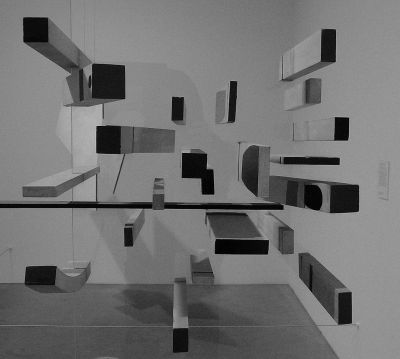Holographic duality in the quantum world

Floating Abstraction
Autor: Javi (Flickr: Floating Abstraction) [CC BY-SA 2.0 (http://creativecommons.org/licenses/by-sa/2.0)], Wikimedia Commons
Holography provides a non-trivial connection between conventional quantum mechanical theories of fields and particles and quantum theories of gravity. It is still unclear which quantum field theories have gravitational duals and which do not.
The 'Fundamentals and applications of holographic duality' (HOLOERG)
project was motivated by this connection with far-reaching implications
on the fundamental laws of nature. This could provide scientists with a
new understanding of quantum field theory phenomena.
Major efforts were devoted to applying holography to understand high
temperature superconductivity and properties of superconductors that
are hard to capture with conventional approaches. During the HOLOERG
project, this radically new 'holographic duality' approach offered new
insights. In the classical theory of gravitation, space-time curves
around each massive object like a rubber sheet around a bowling ball. In
the quantum field theory, particles called gravitons mediate the force
of gravity. The reconciliation of the two theories helped explain how
strongly interacting systems are weakly linked to each other.
Such strongly interacting systems appear in nature, for example in
superconductors and Josephson junctions. These are made by sandwiching a
thin layer of a non-superconducting material between two layers of
superconducting material. Further interesting applications are found in
condensed matter physics.
HOLOERG scientists developed the mathematical ability to describe
the quantum universe in holographic terms. Specifically, phenomena
taking place in a 3D region were corresponded to very different
phenomena taking place on its 2D outer boundary. This mathematical
correspondence was applied also to 4D regions.
This approach extended the conventional view of quantum physics
describing physical phenomena using disturbances to fields, manifested
as particles or waves. To understand the curious behaviour of matter,
the HOLOERG project looked at the interior — between lower and higher
dimensions — with exciting implications for lab experiments.
published: 2015-02-13

